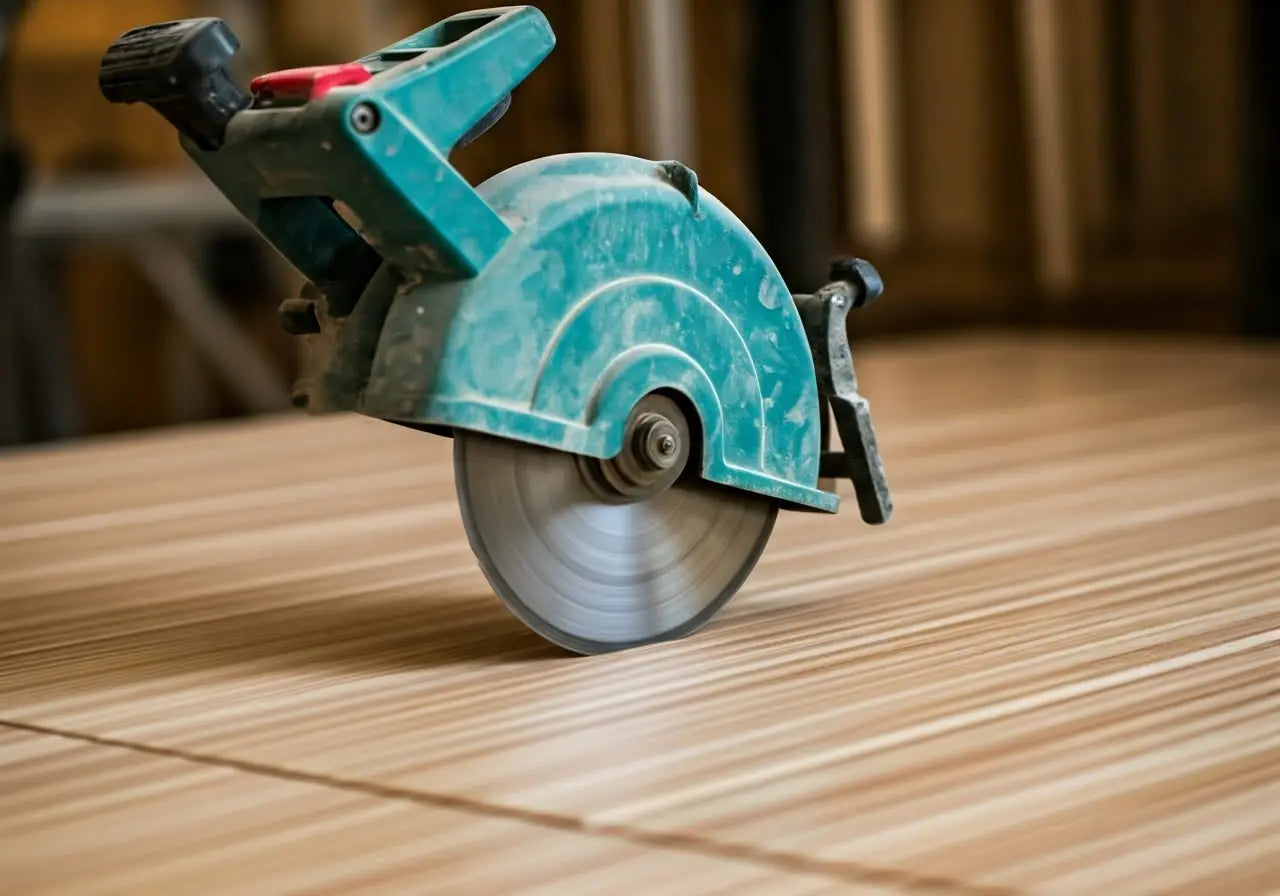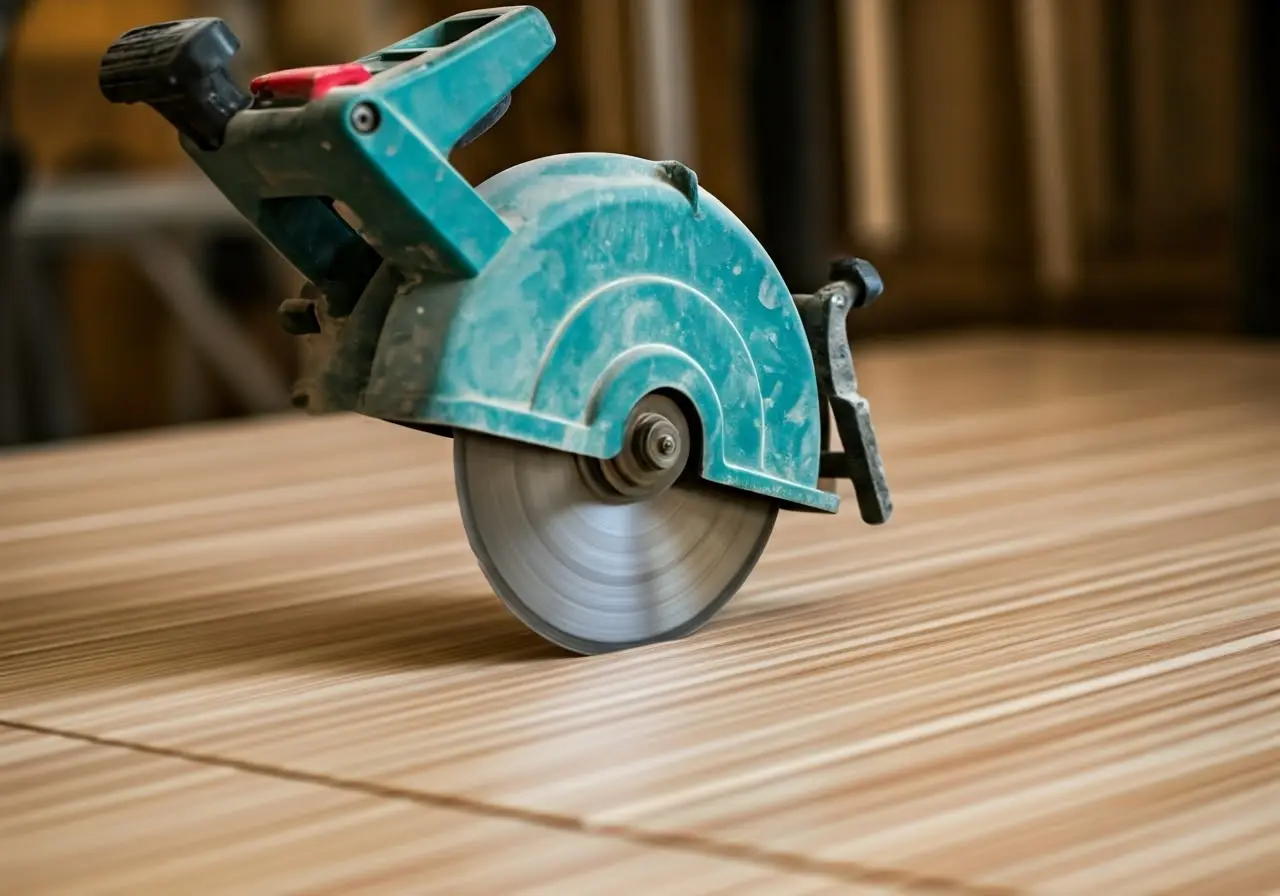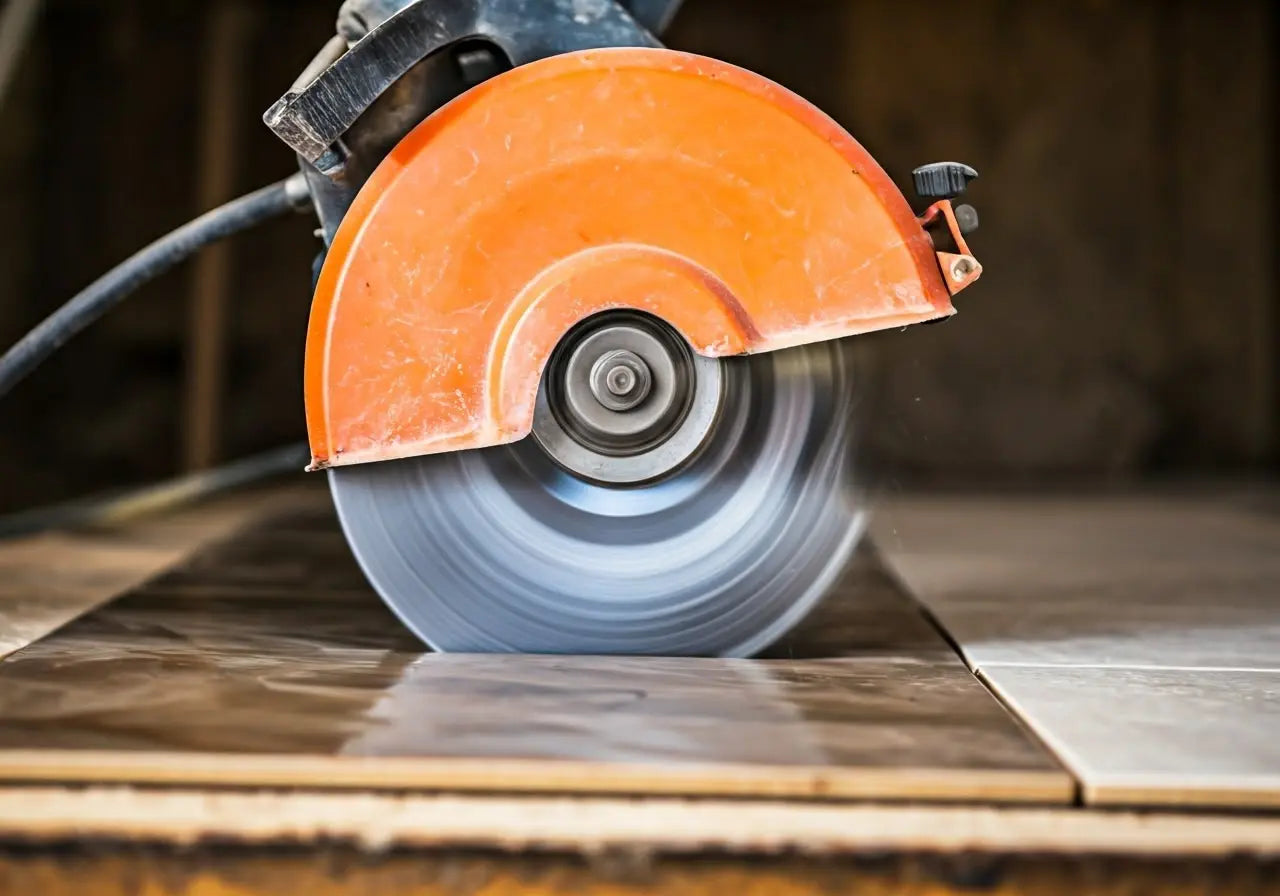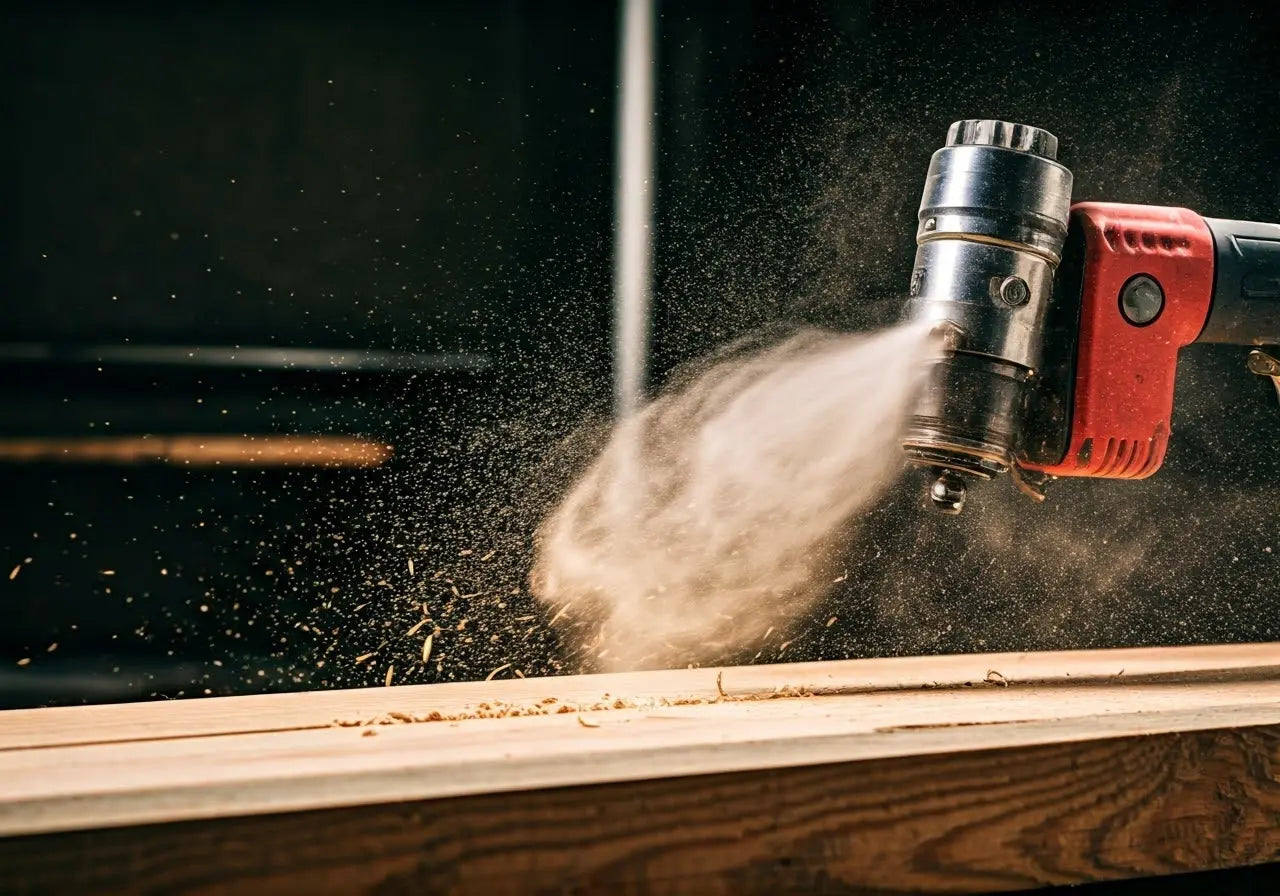Tile saws can be intimidating for beginners, but mastering them can significantly enhance the quality of your tiling projects. Whether you’re a DIY enthusiast or an aspiring professional, mastering your tile saw will help you achieve clean, precise cuts every time. In this blog, we’ll explore expert tips to help you become proficient with your tile saw, ensuring professional results that impress.
Understanding the Basics of a Tile Saw
Before diving into advanced techniques, it’s essential to understand the components and functionality of a tile saw. Knowing how each part works will help you use the saw more effectively and safely. Familiarize yourself with the blade, water reservoir, and cutting adjustments, ensuring you’re comfortable with their operation. A tile saw is typically composed of a sharp rotary blade, which is essential for making the precise cuts needed for tiling projects. Understanding the alignment and settings of these components is the first step to effectively operating the saw.
The water reservoir plays a crucial role by keeping the blade cool during cutting, which prevents overheating and prolongs the blade’s life. Additionally, maintaining the right water levels can help in reducing dust, making your workspace neater and safer. Always check that the water is clean and that the reservoir is full before beginning your work. This attention to detail not only extends the life of your equipment but significantly enhances cutting performance.
Choosing the Right Blade for Your Project
Selecting the appropriate blade is crucial for achieving precise cuts. Depending on the material you’re working with—such as ceramic, porcelain, or natural stone—there are specific blades designed for each. Learn about the different types of tile saw blades and how to choose the best one for your project. When working with harder materials like granite or stone, a diamond-tipped blade is often the best choice due to its durability and precision.
It’s important to match your tile saw blade with your material to ensure clean cuts and avoid damaging your tiles. For instance, a continuous rim blade is preferred for softer ceramic tiles as it offers a smooth cut with minimal chipping. On the other hand, segmented blades, which provide faster cuts with bigger gullets, are more suited for harder, more robust materials like concrete. Understand which blade suits your tile type can make a significant difference in the finish of your project.
Setting Up Your Workspace for Optimal Efficiency
A well-organized workspace can make your tile cutting process smoother and more efficient. Ensure you have ample space around your tile saw, access to a water supply, and a method for containing dust and debris. Organizing your tools and materials will also streamline your workflow and enhance safety. Position your saw on a stable surface free from any obstructions to avoid any accidents or damage to the tiles.
Lighting also plays an important role in efficiency. Working in a well-lit environment helps you see the cuts clearly, ensuring accuracy and precision in your work. Make sure that your workspace is free from any hazards that might impede the process. Consider laying out all your tiles before you start cutting to reduce mistakes and wastage, which is also an excellent way to optimize your cutting sequence. Preparation is key, and investing time in setting up your workplace efficiently can significantly affect the outcome of your tiling project.
Perfecting Your Cutting Technique
Developing a steady hand and precise technique is key to producing clean cuts. Experiment with different speeds and pressure levels to find what works best for each material. Remember to keep the tile steady and let the saw blade do the work without forcing it. Practice makes perfect, so take the time to refine your skills. A good practice is to make slow and deliberate movements, allowing for precision and reducing the risk of chips or uneven cuts.
When making cuts, always measure twice to avoid errors. Use a straight edge or a ruler to mark your cutting lines on the tile. Start each cut with a shallower pass to guide the blade along the intended line. Once the path is set, gradually deepen the cut. This technique can greatly improve the quality of your work, reduces tile wastage, and ultimately helps you achieve professional results.
Maintaining Your Tile Saw for Longevity
Regular maintenance is essential to keep your tile saw in top condition. This includes cleaning the water reservoir, inspecting and replacing the blade as needed, and checking for any mechanical issues. A well-maintained saw will ensure safety and efficiency, prolonging its lifespan and your investment. Make it a habit to perform a quick inspection before and after each use to identify any potential issues early.
A significant part of maintenance is ensuring that moving parts are well-lubricated and free from rust or debris. Clean the entire unit after each use, especially focusing on removing tile dust in the motor and blade areas. This prevents buildup that can affect the performance of the saw. Following a maintenance schedule can significantly reduce unexpected breakdowns and extend the usability of your tool, providing consistent quality and reliability.
Achieving Professional Results with Your Tile Saw
Mastering your tile saw can open up a world of creative possibilities and help you achieve stunning, professional results in your tiling projects. By understanding the basics, maintaining your equipment, and continuously practicing your technique, you’ll be well on your way to tiling success. Remember, patience and practice are key, so embrace the learning process and enjoy the satisfaction of a job well done. To explore further tips and tools, visit our homepage.






Leave a comment
This site is protected by hCaptcha and the hCaptcha Privacy Policy and Terms of Service apply.